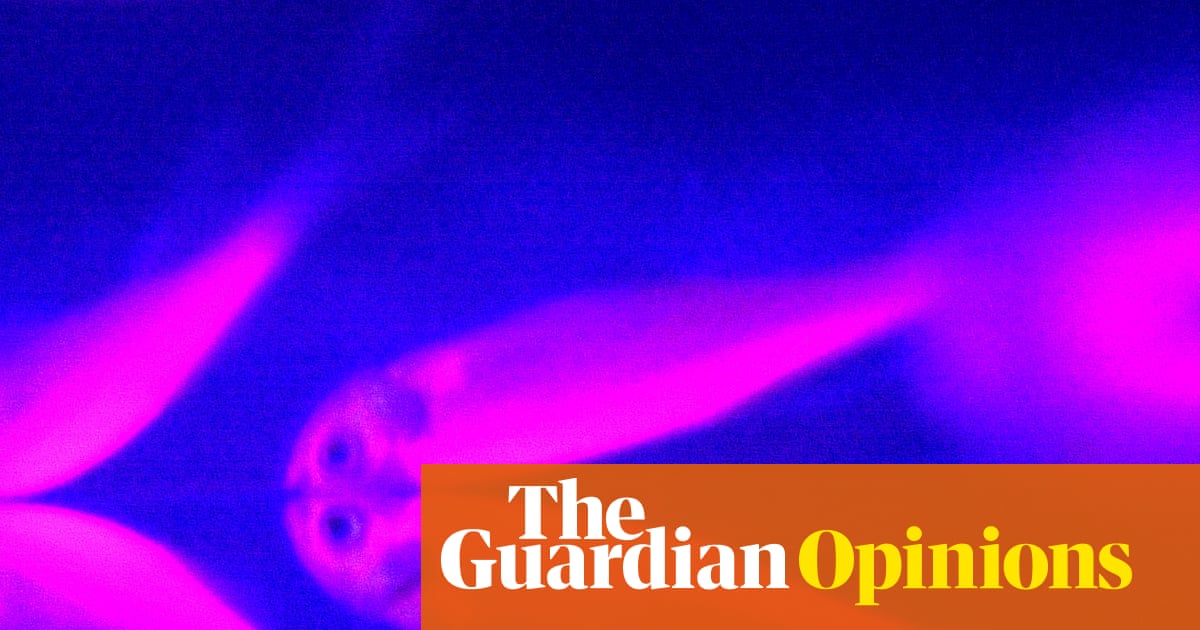
"Do you think we should genetically modify wildlife? What if we could make seabirds resistant to the flu that has been exterminating them en masse, just by tweaking their DNA a smidgen? Or make fish that can shrug off pollution, or coral that can survive warming waters? Engineer in the sorts of change that could occur naturally, given enough time, if only the wildlife would stop dying already. Thanks to newly emerging methods, such as Crispr, these feats are within reach."
"Recently, conservationists met at the International Union for Conservation of Nature's (IUCN) 2025 World Conservation Congress where they debated GM wildlife and voted on a proposed moratorium that would stymie their release into the wild. Ahead of the meeting, a group of more than 90 NGOs issued a press release urging the IUCN to say no to engineered wild species."
"But humans have been altering the DNA of other species for millennia. It all began about 30,000 years ago, when our species started to domesticate wild animals. When we invited them into our world, slowly but surely, the grey wolf morphed into the dog, the red jungle fowl transformed into the chicken and the aurochs gave way to domestic cattle."
Emerging gene-editing techniques, such as Crispr, make it possible to engineer wildlife for resistance to disease, pollution, and warming, potentially preventing mass die-offs. Conservationists debated the release of genetically modified wild species at the IUCN 2025 World Conservation Congress, where members considered a moratorium to block environmental releases. More than 90 NGOs urged the IUCN to reject engineered wild species. Humans have been changing other species' DNA for millennia through domestication and selective breeding, producing dogs, chickens, and livestock varieties with pronounced traits that reflect underlying genetic change.
Read at www.theguardian.com
Unable to calculate read time
Collection
[
|
...
]